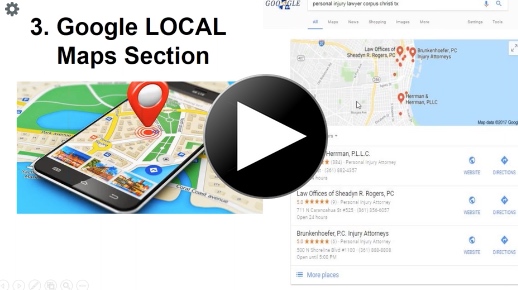No, I’m not talking about your upload speed, about your bandwidth, about the speed at which your camera records your videos or about your memory card and the storage capacity and speed at which it buffers data.
Video Velocity has to do with what happens once you publish your video on YouTube. Does it take off? What is the trajectory of how many minutes it is watched in the first 24 hours? How many people are watching your videos within that initial 24-hour period? It matters to YouTube and it matters to the YouTube search engine.
If there is a burst of activity immediately after posting your video to YouTube, that tells them that your video is interesting and capturing the interest of many people, which suggests it’s relevant to people searching for other similar topics.
This means it will likely be shown as a related video in the YouTube sidebar. That means the placement of your video, as a related video, will get higher visibility. Why?
Because of your video velocity, because your video is starting to gain traction and because it’s generating interest organically.
Let me tell you why most attorneys are in the anti-velocity department.
(As Dan Kennedy says, most businesses are in the anti-sales business.)
The attorney creates a video and throws it up on their YouTube channel. Many don’t even watch their video, they just put it online.
There it sits. Nobody is promoting it, nobody is talking about it and nobody is using blog posts or articles to highlight it.
Over a period of months, that video generates a minuscule number of views and watched minutes. There’s no velocity to your video.
If you go into your YouTube analytics, you can see your watch time on a graph. If you see a tiny uptick or a flat line, then you have no velocity to your video.
If, however, you see spikes in your watch time, then you have the potential of having YouTube recognize that your video has velocity. That velocity can generate interest with viewers and shows the potential of gaining traction.
Here’s What Happens If Your Video Has Velocity
It creates a cycle of better visibility by YouTube, leading to more viewers, leading to more watch time, leading to better placement in the search results, leading to showing up more prominently on related videos.
Here’s What Happens If Your Video Has No Velocity
Drip, drip, drip. No views. A few views. Nobody is watching.
Months later you check on your video and see that it has eight views.
You thought video marketing was the best type of marketing for your buck.
You thought creating a video with your iPhone would save you a ton of money. You thought editing the videos yourself would save you money.
You were right on both fronts.
Doing it yourself saved you lots of money up front, but you soon realize it’s costing you a bundle of money on the back end because those videos aren’t gaining any traction. They’re not generating views.
There’s little to no watch time on your videos. Congratulations! You’re now in the anti-velocity group of attorneys who created video and are scratching their heads wondering what the heck happened?
To answer the question, we need to get to the root of the problem. What’s the problem? Why are videos not being watched?
The 3 most likely reasons your videos are not being watched:
1. YOUR VIDEO TITLE STINKS
2. YOUR PRESENTATION IS BORING
3. YOUR THUMBNAIL IMAGE STINKS
Someone has to tell you the truth.
Your video guy congratulated you for making an awesome video.
He patted himself on the back for editing your video and adding flying graphics at the beginning and end of your video.
Then he told you your video is now online. “Have a nice day!”
Let’s get back to that list again.
Your Video Title Stinks
It’s not compelling.
“Mr. Jones, Episode 24, Why I became an attorney” is NOT a compelling headline.
If you’re going to create video headlines, you must study how to create compelling headlines. Two strong suggestions: (1) Read the New York Post, cover to cover, to study their headlines. (2) Read Cosmopolitan Magazine and buy all the supermarket tabloids and read them cover to cover.
I don’t care what your personal beliefs are.
I don’t care what your politics are.
I don’t care what you think about those newspapers or magazines.
The fact is that they have the best editors creating the best headlines in the business. Read them for the headlines. Analyze what’s compelling about the headline.
Analyze the sub-headline.
That draws you to the next line and the next paragraph and the next. Which headline is better…?
(1) Lawyer Questions Expert Witness and Fails to Establish His Burden of Proof Causing Judge to Grant Defense’s Motion for Summary Judgment or
(2) Lawyer Screws Up Cross Examination Big Time by Making These 3 Mistakes
The second headline is much more compelling and concise. That generates interest. THE ENTIRE PURPOSE OF CREATING A HEADLINE IS TO STOP A VIEWER IN THEIR TRACKS AND GET YOUR VIEWER TO PRESS PLAY. That’s it. That’s the sole purpose.
To Be Continued in Next Month’s PILMMA Insiders Journal we will discuss…
2. YOUR PRESENTATION IS BORING
3. YOUR THUMBNAIL IMAGE STINKS

